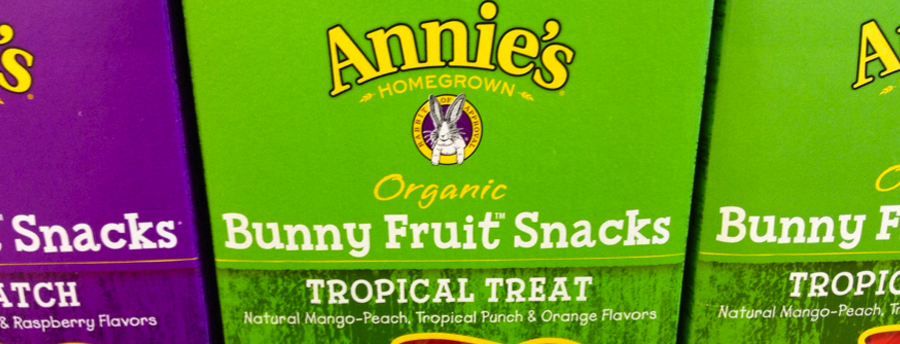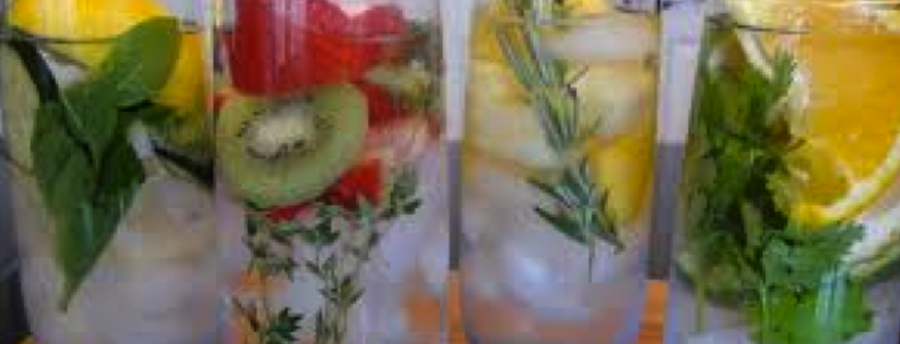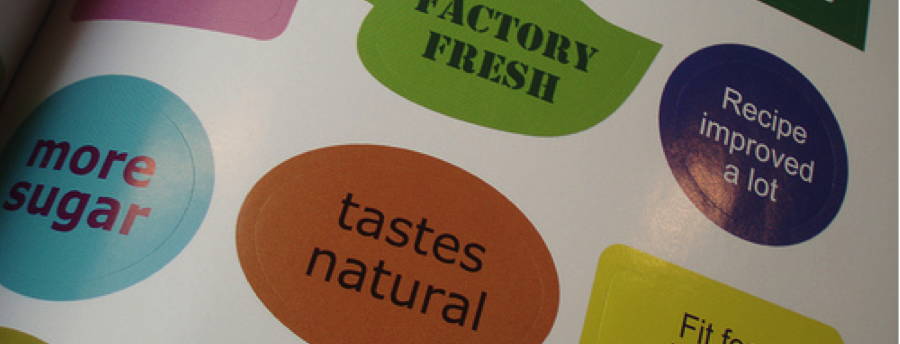A consumer walks into a grocery store today and they’re bombarded with healthy label claims like…fresh, local, gluten-free, antioxidants, and all natural. Healthy buzzwords are firmly implanted into the lexicon of food marketing. Now, more than ever, it’s important for health food brands and healthy food marketing to choose their words carefully. Because consumers are confused and frustrated.
The Daily News states that many food brands throw around buzzwords seemingly at will to try and differentiate their brand and resonate with consumers. Because of this, definitions have been grayed and misconceptions have been made.
You can’t blame a brand for trying. A study by Consumer Reports found that 59% of consumers look to see if a product has a “natural” label, even though there is no federal or third-party verification system for the term. The majority of people surveyed think the “natural” label has health significance, even though it may not, and Consumer Reports is calling for a ban on the term.
“Natural” may be one of the most used buzzwords, but it’s just the tip of the wholesome iceberg. “There are no federal definitions for sustainable, local, or artisan in regard to use of the terms on food labels,” says Arthur Whitmore, health communications specialist for the Food and Drug Administration.
In fact, several years ago, Cherry 7Up added ‘antioxidant” to its label, which has become the emblem of anti-aging and prevention of cancer and heart disease. The misleading labels have since been taken off the shelves, but the fact that it made it to the shelf in the first place is cause for concern.
“Saying Cherry 7-Up contains antioxidants is misleading,” says Temple Northup, an assistant professor at the Jack J. Valenti School of Communication at UH. “Food marketers are exploiting consumer desires to be healthy by marketing products as nutritious when, in fact, they’re not.” Something that healthy food marketing should never do.
My biggest objection to unhealthy brands marketing themselves with healthy buzzwords is that it waters down the intended meaning of the words for the brands that actually are good for you. Health conscious brands like Annie’s Homegrown or Justin’s Peanut Butter market themselves as “natural”, and they have the right to. But then, down the aisle you’ll find a “natural” brand of Cheetos or Tostitos made with “natural” ingredients. Consumers are confused!
Brands will continue to look for lingo loopholes to give them an edge. But eventually consumers will catch on. Healthy food brands and healthy food marketing need to stand their ground. Continue to use the honest words and phrases that best describe your product. Don’t fall into the game played by brands that don’t actually understand the true definition of “natural”. The brands that survive long term will be the ones consumers trust.















